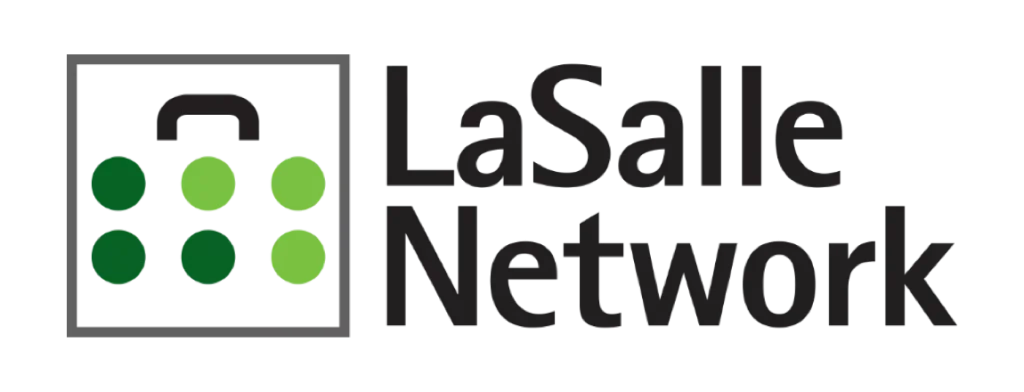While many companies (and individuals) have the motto of ‘no politics at work,’ that doesn’t always mean hot button topics can (or should) be simply be ignored. Emotions cannot simply be ‘turned off’ and many employees are feeling the weight of current events and political tensions.
Every company culture is different, and whether or not it is appropriate to directly address political conflicts, it is important leaders recognize there may be other things vying for their employee’s attention. Emotional intelligence and displaying empathy for employees, especially during times of high political and social stress, is an important aspect of helping support and retain talent, as well as creating a strong company culture. Conducting wellness checks is one way to both gauge employee stress levels and offer this support.
Below are 5 steps for performing wellness checks and supporting employees during times of tension:
Start at the top
It’s even more important now for companies that don’t already practice open communication or vulnerability to start. In fact, employees are much more likely to stay at companies they perceive as caring about them, and they report being more engaged and productive when they feel supported by company leaders. However, effective wellness check-ins require a level of comfort with leadership, which can take time to build.
While training managers to perform effective wellness checks, it is important to first check in with management themselves. A sustainable, supportive culture starts at the top. When higher level executives lead empathetically and vulnerably, employees are more likely to feel comfortable doing the same.
Get Face-to-Face
Make in-person communication or video calls the norm. While it takes an investment of time, talking live versus chatting or emailing is what sets great leaders apart. This means calling with feedback instead of shooting over a message, turning off notifications during a one-on-one, making eye contact, and focusing on not only what is being said, but body language as well. If on a video call rather than in-person, turn off self-view and close other tabs to focus.
Even before an employee expresses struggle, make it known what mental health resources are available. Educate employees on benefits available that support mental health, and recommend third-party resources, such as the Calm meditation app or a list of good self-help books. Make this information readily available on the company intranet or in regular company-wide updates.
Ask the Right Questions
Especially if wellness checks are not an already established part of an organization’s employer/employee communication, ensure that the conversations feel authentic and genuine. Employees are not likely to disclose emotional challenges or be truthful about their engagement level if they feel the information could be used against them or like their manager doesn’t genuinely care.
In order to make wellness check-ins as natural as possible, lead with vulnerability and empathy, setting the precedent for open conversations. A few examples of questions to ask include:
- How are you feeling about your workload right now?
- What is your stress level like right now?
- How is your partner doing, and how is work going for them?
- How is your family?
- Is there anything I can do to help support you right now?
Notice the Nonverbals
Emotion is often communicated nonverbally, emitted through tone of voice and facial expressions rather than words alone. Notice if someone seems to want to say something but doesn’t want to interrupt. Notice if their expression or body language seem to contradict what they are saying, for example saying “I’m doing well” with a straight face or frown. Also notice if they are repeatedly shifting their gaze, which can be a sign of discomfort.
Assure the employee the conversation is merely to check-in and see where any additional support might be needed. Let them know leadership is there to help, and if there is ever something they don’t feel they can share directly, the Human Resources team is there to offer support as well. Opening up communication and providing multiple points of contact for support can help employees struggling either personally or professionally seek out the help they need.
Integrate with Other Teams
When appropriate, having a skip-level manager, member of HR, or leader of another team reach out to ask an employee how they’re doing, provide some recognition, and let them know they are there for extra support can go farther than a direct manager’s check-in. While the employee may or may not open up to another contact about challenges they are experiencing, it may help to know more people within the organization care about them. This should not replace wellness checks from their manager but can help in building community and a strong support system.
It can also be helpful to support wellness initiatives on the peer-to-peer level. Providing opportunities to connect with others such as a book club, group therapy, cross-departmental happy hours, or other social events can help employees feel more connected and potentially find others with similar challenges or backgrounds.
How businesses support mental health today will have a lasting impact on the workforce of the future. Creating a more supportive team and culture can not only improve employee retention, but also keep people more engaged and motivated. Employers have the unique opportunity to help employees address mental wellbeing and integrate work and personal lives in a meaningful way.
If you’re looking to add top leaders to your team, connect with us here.





